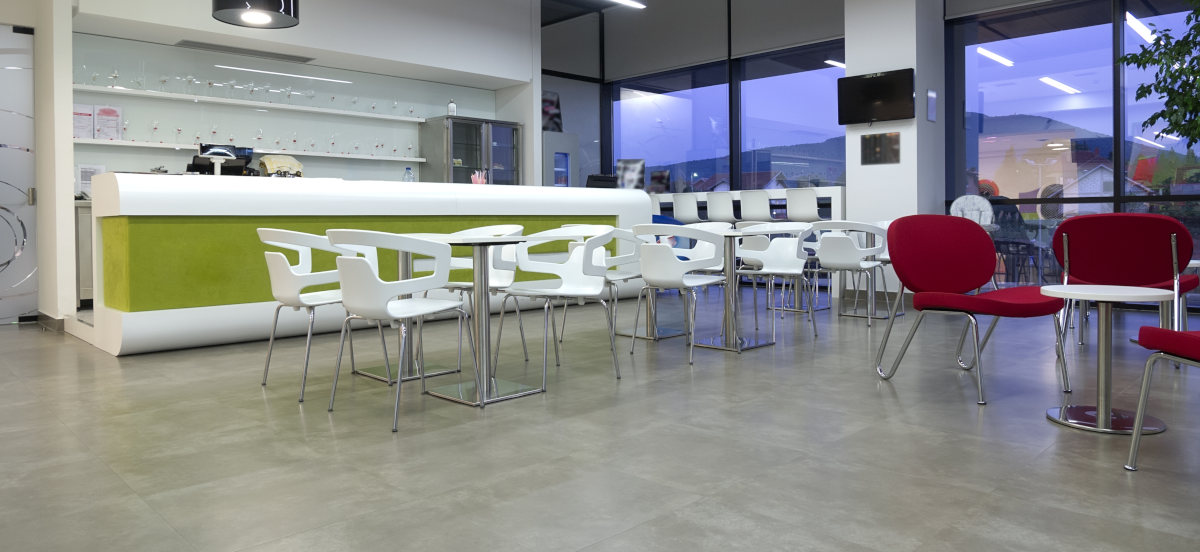A Manufacturer of Commercial Flooring Products
Research strategies determined marketing effectiveness and messaging refinements.

Our client, a privately held, US-based manufacturer of commercial flooring solutions, offers an innovative product line that includes broadloom and modular carpet, vinyl composition tile (VCT), premium rubber flooring, and hardwood products.
Company leadership hoped to influence the opinions of interior designers and architects by placing a stronger emphasis on the aesthetic qualities of its offerings (versus the company’s traditional focus on durability, price, sustainability, and customer service). The brand marketing team needed to determine if recent marketing efforts had successfully shifted perceptions among key audience groups and what, if any, messaging refinements were necessary.
-
The Challenge
Our client, a privately held, US-based manufacturer of commercial flooring solutions, offers an innovative product line that includes broadloom and modular carpet, vinyl composition tile (VCT), premium rubber flooring, and hardwood products.
Company leadership hoped to influence the opinions of interior designers and architects by placing a stronger emphasis on the aesthetic qualities of its offerings (versus the company’s traditional focus on durability, price, sustainability, and customer service). The brand marketing team needed to determine if recent marketing efforts had successfully shifted perceptions among key audience groups and what, if any, messaging refinements were necessary.
- The Project
- The Results


